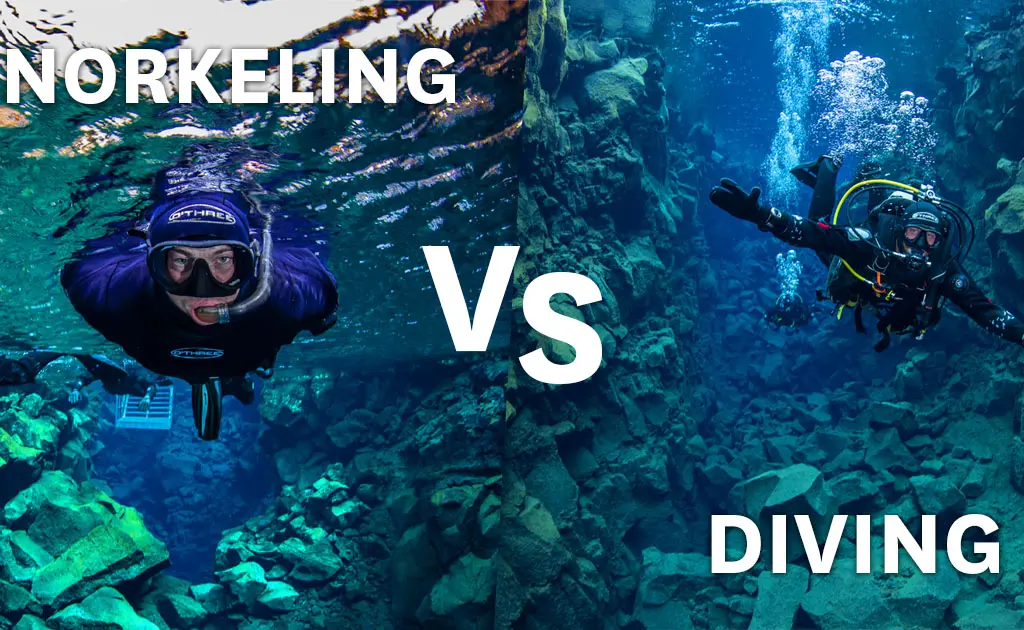
Communication between the millions of people who partake in Scuba diving and snorkeling each year happens through hand signals. This is the most suitable means to communicate safety and directional information underwater. While professional swimmers’ vocabulary may be over 200 hand signals, which include signals for communicating oxygen levels, nearness of aquatic species, to the performance of group tasks, recreational swimmers employ just around 20 signals. A group of researchers from Allen University have been able to come up with an underwater messaging app to enable successful communication under water.
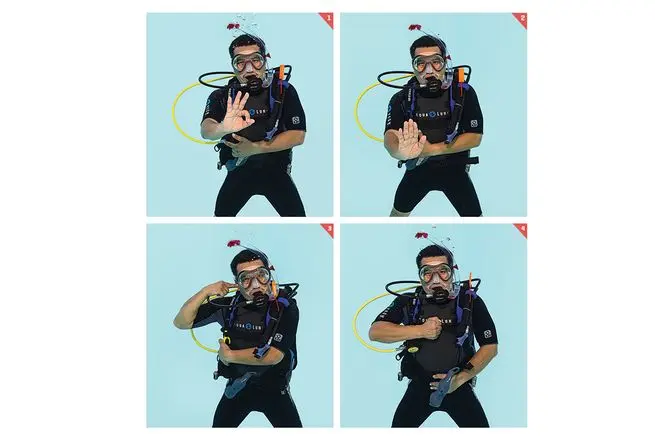
The ability of divers to successfully communicate these hand signals underwater is limited by distance and in areas of low visibility. A potential solution to this issue is the two-way underwater messaging app or system. However, this solution requires expensive and scarce customized hardware.
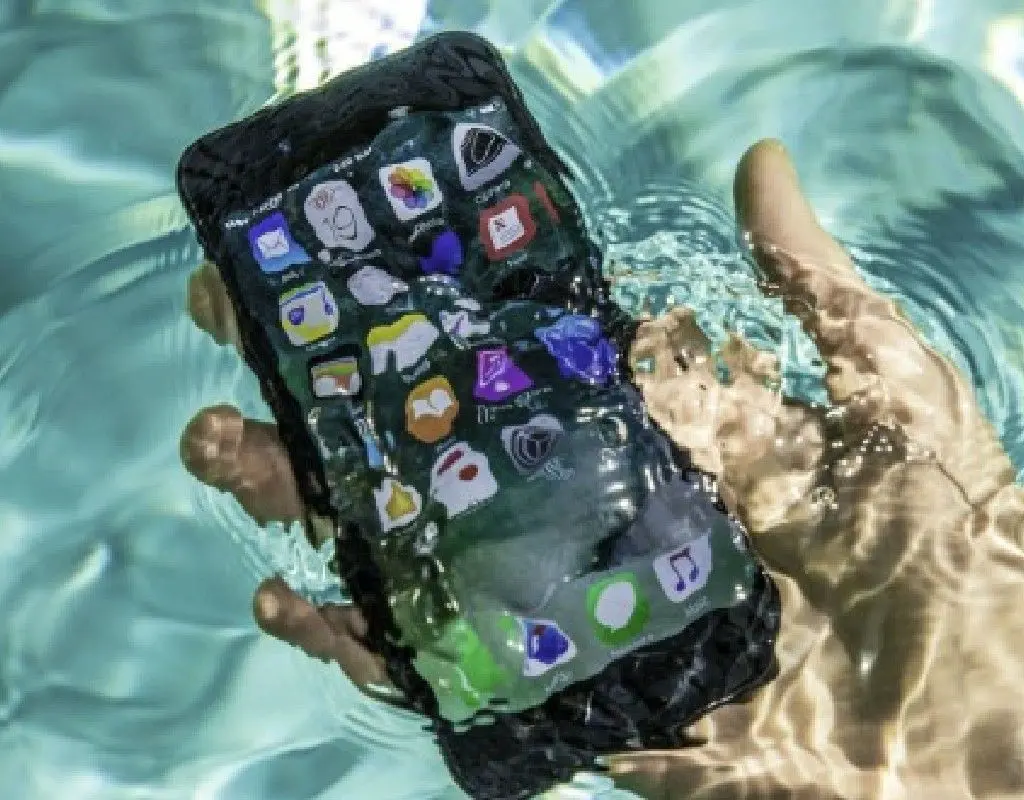
At the University of Washington, Researchers display a way to achieve messaging underwater on billions of current smartphone brands and smartwatches via an underwater messaging app i.e. a software. The software the researchers developed is named AquaApp, which is the first mobile application for acoustic-type of networking and communication under water. The app was said to be usable on smartwatches and smartphones.
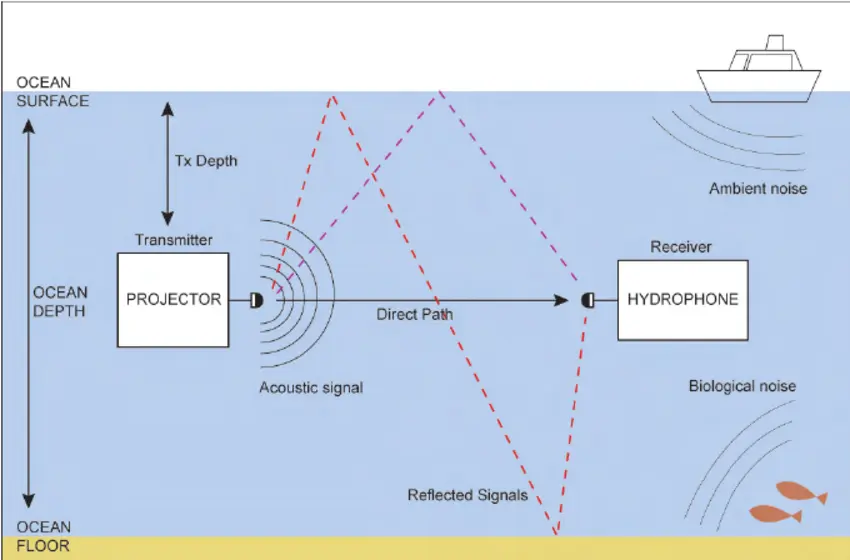
Bluetooth and Wi-Fi communication technologies which smartphones use for communication rely on Radio signals which don’t work well under water. However acoustic signals do well under water. “With AquaApp, we demonstrate underwater messaging using the speaker and microphone widely available on smartphones and watches. Other than downloading an app to their phone, the only thing people will need is a waterproof phone case rated for the depth of their dive,” said co-lead author Tuochao Chen, a UW doctoral student in the Paul G. Allen School of Computer Science & Engineering.
The application user-interface allows users to select messages from 240 pre-set messages that are consistent with the hand signals used by professional divers, while 20 of the most used signals are displayed for easy access on the user-interface. There are options to filter messages for up to eight categories, which includes environmental factors, directional indicators and equipment status.
During the building of the app, the team were faced with a number of technical challenges which they have not experienced in the past on land.

“The underwater scenario surfaces new problems compared to applications over the air,” said the co-author Justin Chan, who is a doctoral student in the Allen School. “For example, fluctuations in signal strength are aggravated due to reflections from the surface, floor and coastline. Motion caused by nearby humans, waves and objects can interfere with data transmission. Further, microphones and speakers have different characteristics across smartphone models. We had to adapt in real time to these and other factors to ensure AquaApp would work under real-world conditions.”
Some other challenges they were faced with and had to address included the tendency for devices to rapidly move and change proximity in the ocean current and several noise profiles due to the presence of animals, vessels and low-flying airplanes, that the app may encounter.
The team designed an algorithm that makes the app capable of live optimization on the acoustic frequencies and bitrate of every transmission in reference to specific parameters, such as noise, distance, and changes in frequency response between devices.
The way the app works is: To send a message from a device to another, the senders app sends a quick note, referred to as a preamble, first, to the receivers device. Aquapp on the receivers device processes the algorithm in order to identify the best conditions upon which to receive the preamble. Then the receivers app informs the senders app to send the actual message using the earlier identified conditions.
The researchers designed a networking protocol in order to enable sharing access to the water-based network.
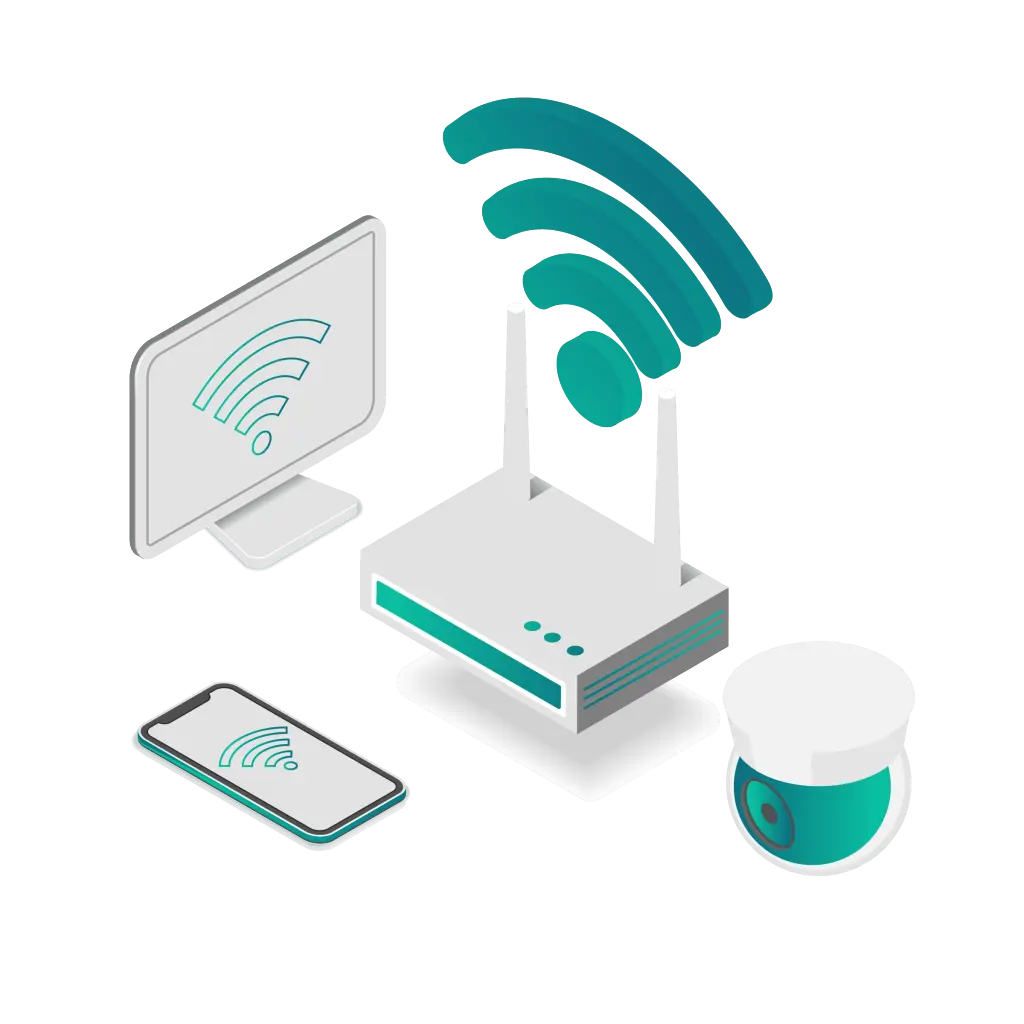
The team of researchers designed a network protocol that allows access sharing to the water-based network. Relative to how Wi-Fi network signals referee traffic over the internet to support inter-app messaging, AquaApp is capable of accommodating about 60 different users at once per a local network.

The team carried out live test of the AquaApp system in six different locations with varying water conditions and water activity levels, including beneath a bridge in a calm water body, a famous waterfront park in a water body with strong currents, next to the dock for fishermen at a busy lake and inside a bay that has strong waves. The team of researchers assessed the app’s performance at a distance of about 113 meters and depth of up to 12 meters.
“Based on our experiments, up to 30 meters is the ideal range for sending and receiving messages underwater, and 100 meters for transmitting SoS beacons. These capabilities should be sufficient for most recreational and professional scenarios,” said Chen.
The team of researchers also assessed AquaApp’s impact on the battery capacity by operating the app continuously on two Samsung Galaxy S9 mobile phones at highest volume, while the screens were activated. The app consumed 32% of the battery power over a period of four hours, and that’s within the recommended maximum dive time for scuba diving as a recreational activity.

Conclusion
“AquaApp brings underwater communication to the masses, the state of underwater networking today is similar to ARPANET, the precursor of the internet, in the 1970s, where only a select few had access to the internet. AquaApp has the potential to change that status quo by democratizing underwater technology and making it as easy as downloading software on your smartphone.” said senior author Shyam Gollakota, a professor in the Allen School.
If you found this article on underwater messaging app to be educational and informative, please leave a comment below; we love hearing from our readers.
Read More
How to build a Smart Hydroponics IoT Project
How to Design Smart Infrared Remote Controlled Gate System
Anti-Theft and Burglar System with SMS Notification
Solar-Powered Smart Irrigation System with SMS


